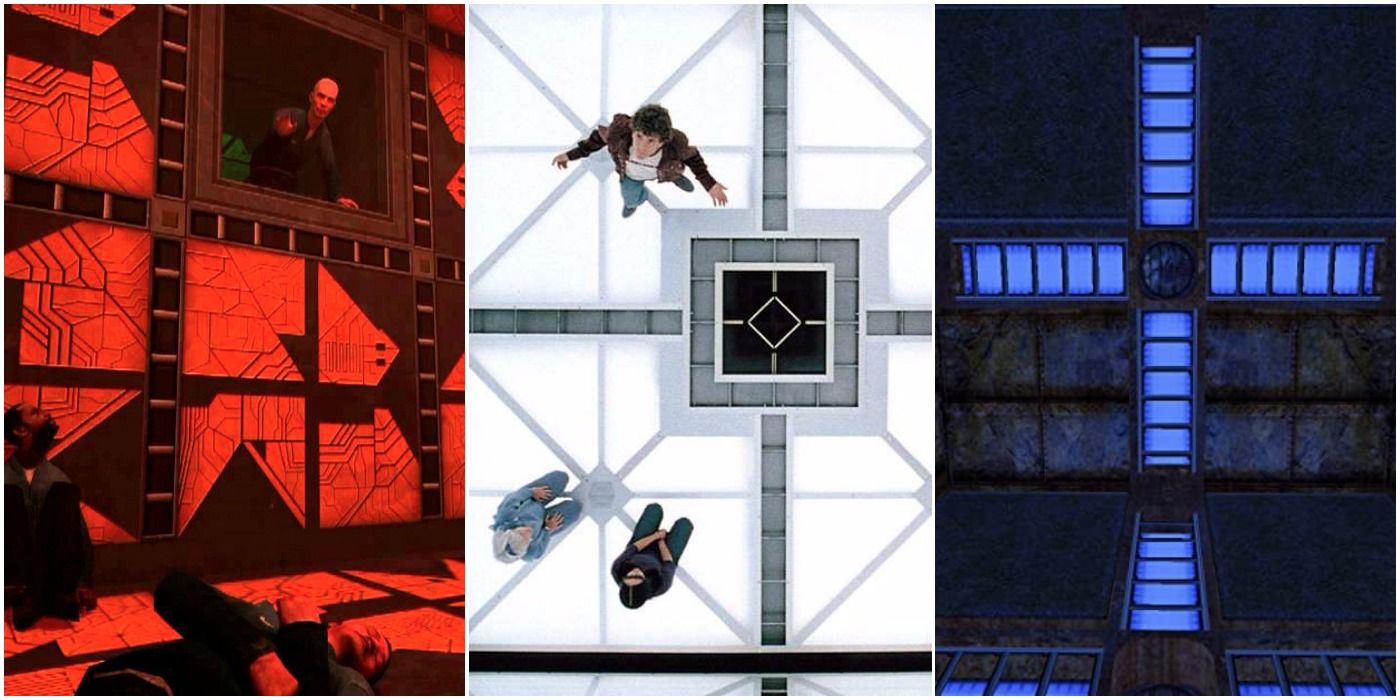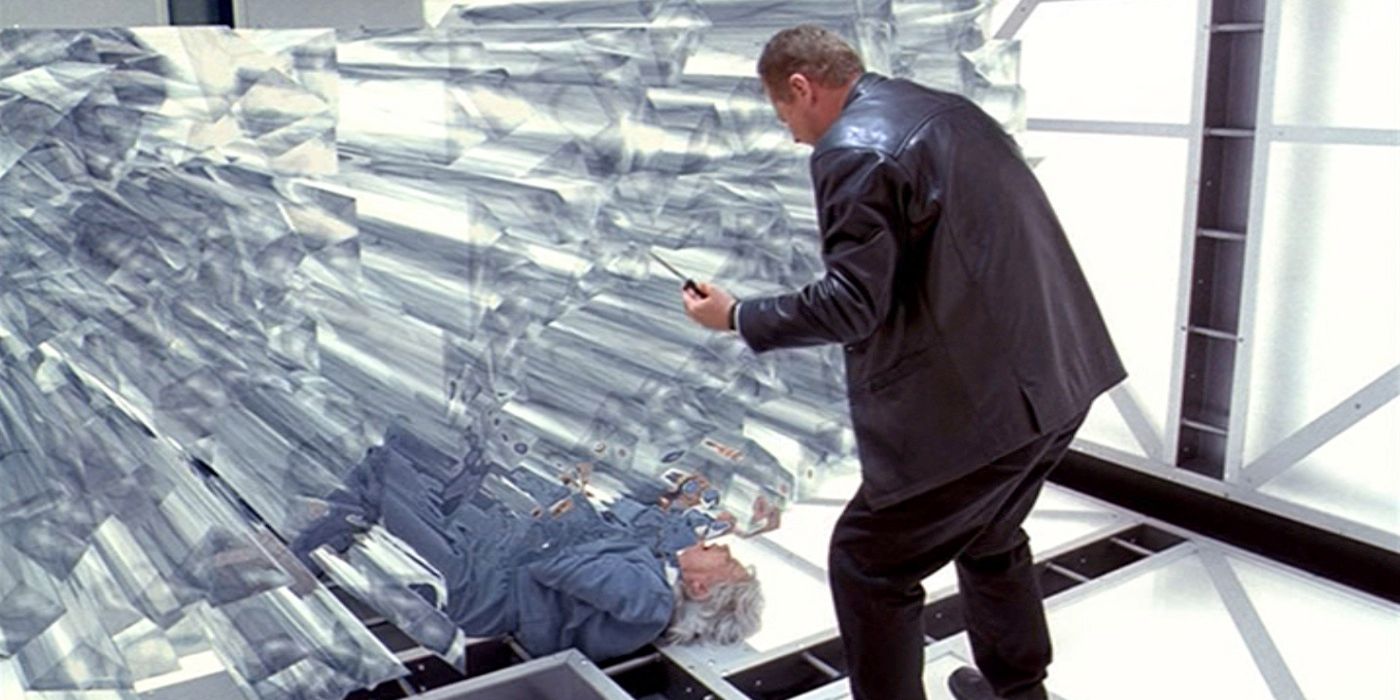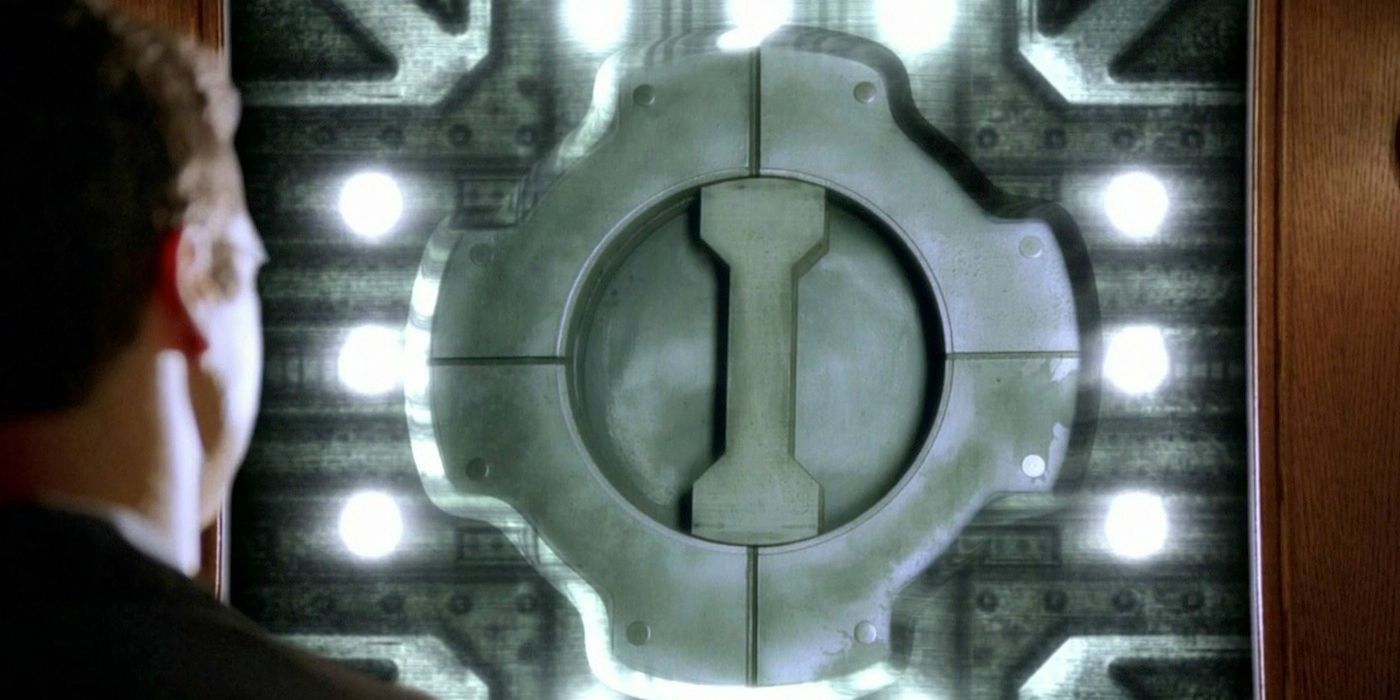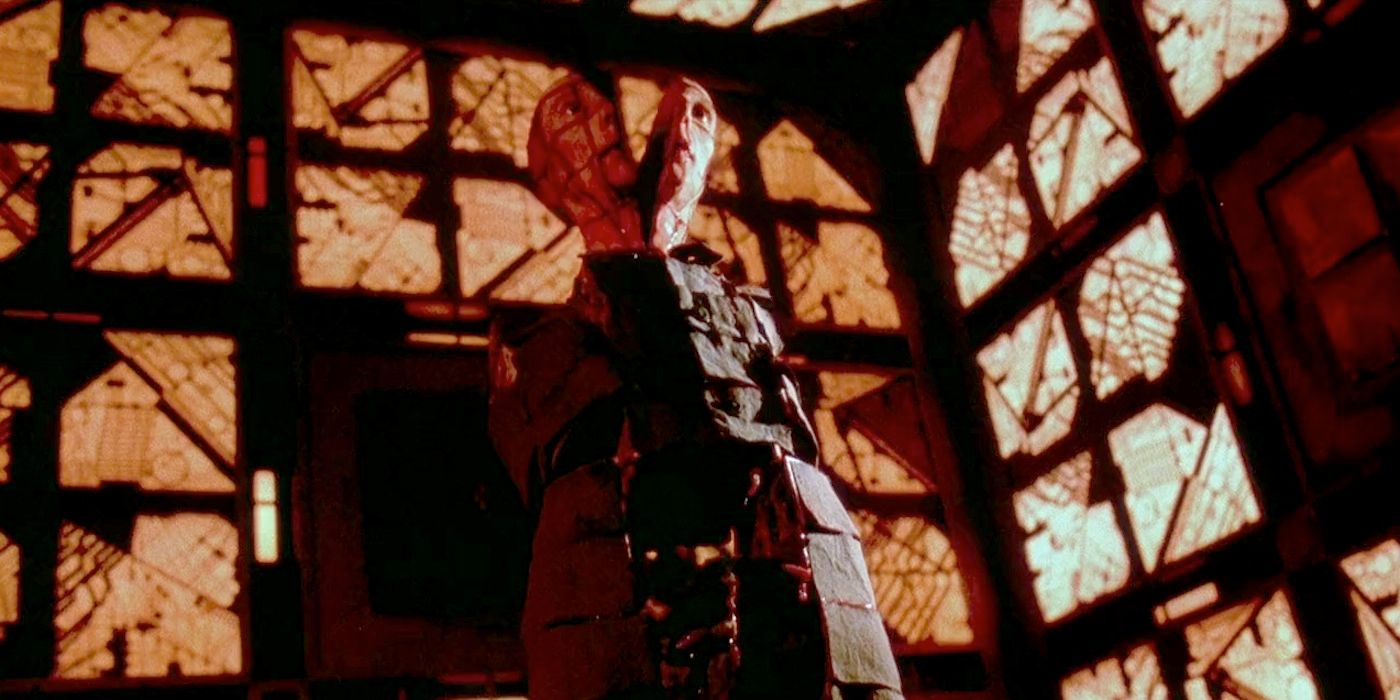The Cube films came out of Canada in the late ‘90s and the overlooked horror films create a truly unique universe, but the movies vary in terms of their quality.
Vincenzo Natali has helped bring to life such surreal horror projects as Splice and In the Tall Grass, but his first major contribution to the horror genre is the mind-bending movie, Cube. The film sets seven strangers into a very unconventional prison that results in death at every turn as these prisoners pursue an escape. It’s a very creative blend of science fiction, horror, and emotional drama as the mysteries of the film eat away at the characters and the audience.
Cube’s structure is remarkably simple and it’s why the film was able to make such a strong impression. The dark, mysterious premise has been returned to in similar puzzle-based horror films, like Saw or Escape Room. All of the Cube movies bring something original to the table, but they’re not all exactly worthwhile horror experiences. To help figure out which of these claustrophobic films are the most deserving of attention, here’s a useful look at how they all hold up.
3. Cube 2: Hypercube (2002)
Cube 2: Hypercube really goes nuts with the trippy mathematics of the prison and how theoretical geometry can be a killing force. A Tesseract-like cube of energy tears people apart and the constantly shifting physics of the room crush and absorb individuals. Cube 2 also plays around with alternate realities shown in the different rooms of the Cube. While the first film executes intense traps that are more akin to Saw, these are like the ways that Doctor Strange would dispose of someone. They're all very quantum realm and science-like. The big drawback here is the film's over-reliance on CGI effects and although the deaths are ambitious, they look very silly in retrospect and it cheapens the intelligence of the series. Cube 2 also has a death count in the dozens because there are so many alternate versions of the core group, which is a clever way around the limited size of the cast, even if it is a bit gratuitous.
2. Cube Zero (2004)
Cube Zero manages to course correct the series and it's the rare example of a sequel that is nearly as strong as the original. Instead of focusing on the victims that are stuck in the Cube, Cube Zero follows one of the technicians who are controlling the experiments within. Eventually, shaken by his own callousness, the technician ventures into the Cube himself to help a victim. Cube Zero features absolutely horrific gore and body horror (a guy literally melts to pieces after being exposed to gas), while also broaching crazier topics. It's smart in a way that Cube 2 isn't and it returns to practical effects for the most part. Coming out seven years after the first movie, it has the luxury of the best effects of the lot and many of these deaths actually look impressive for the time and still hold up. Until Cube Zero’s gonzo ending it actually cleverly adds to the original film’s ideas and connects back to the first movie in a way that feels earned (and also reminiscent of Saw).
1. Cube (1997)
1997’s Cube is an amazing mix of a smart, simple premise (it's almost like a piece of theater) with absurd violence and torture. What makes Cube so engaging is that it truly creates a vast, mysterious killing field with its environment. Cube doesn't try to explain everything and if anything, it's ending is intentionally vague and open to interpretation, which gives the film even more strength. Many of the film’s kills are the result of the shifting physics of the Cube, but some are from cruel torture devices, all of which look incredible for a film from the '90s. What's so remarkable about Cube is that it's as much a gripping character study and meditation on humanity as it is a gruesome horror film. Cube is a weird, efficient film that refuses to be defined and it's a wonder that it even got made in the first place.




